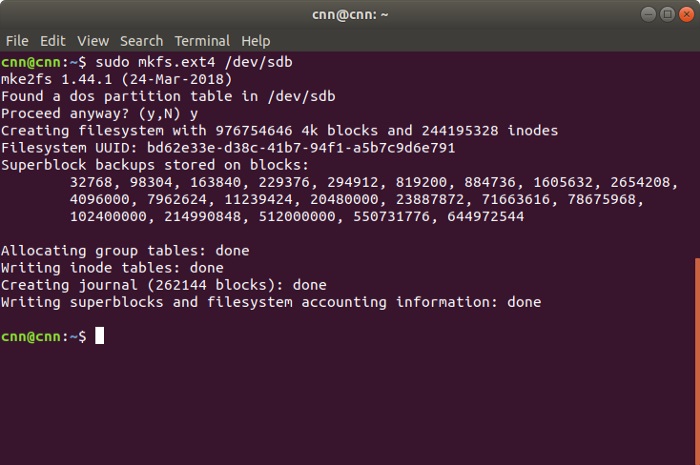
The Mac will boot the Linux system from the connected USB drive. To actually boot the drive, reboot your Mac and hold down the Option key while it boots. RELATED: How to Install and Dual Boot Linux on a Mac This only works for Ubuntu-based distributions.Ĭlick “Persistence Manager” on the main screen, choose your drive, select how much of the drive should be reserved for persistent data, and click “Create Persistence” to enable this. For example, you can set up “persistence” on the drive and part of the USB drive will be reserved for your files and settings. This will avoid a missing “Enterprise Source” error later.īefore booting the drive, you may want to change some other options here. Note: Be sure to move the Mac Linux USB Loader application to your Applications folder before running it.

You can then reboot and boot those USB drives to use the Linux distribution from the live system. This Mac application will allow you to create USB drives with your preferred Linux distro on them from within Mac OS X in just a few clicks. RELATED: How to Use Your Mac's Disk Utility to Partition, Wipe, Repair, Restore, and Copy DrivesĪ tool named “ Mac Linux USB Loader” by SevenBits worked well for us. The solution below should allow you to create Linux live USB drives that will boot on modern Macs without any additional fiddling or anything extra - insert, reboot, and go. But you don’t have to install this alternative UEFI boot manager on your Mac.

REFInd should allow you to boot those USB drives if you install it on your Mac.

There’s a reason Ubuntu recommends just burning a disc. For example, Ubuntu offers some painstaking instructions that involve converting the USB drive’s file system and making its partitions bootable, but some people report these instructions won’t work for them.


 0 kommentar(er)
0 kommentar(er)
